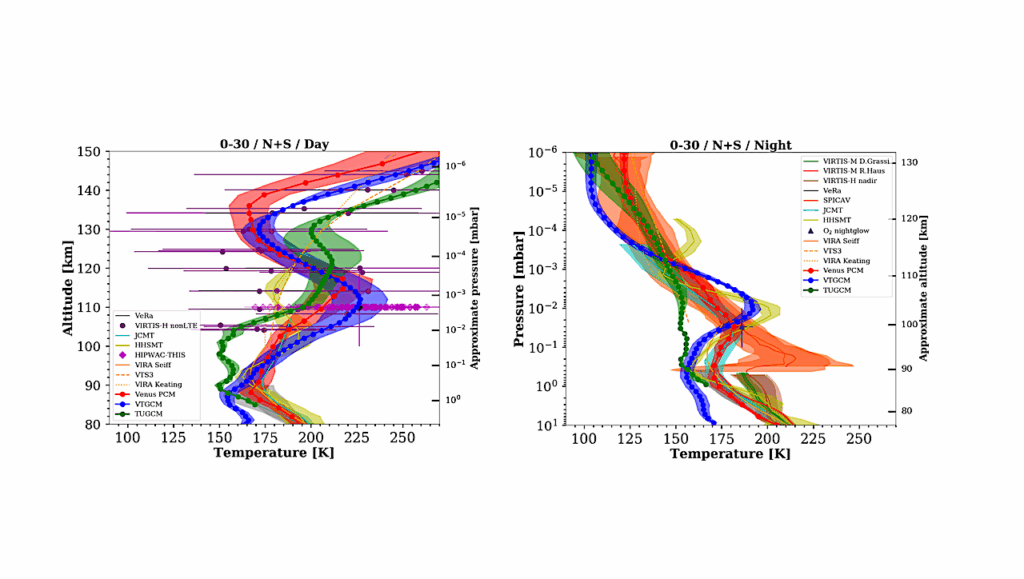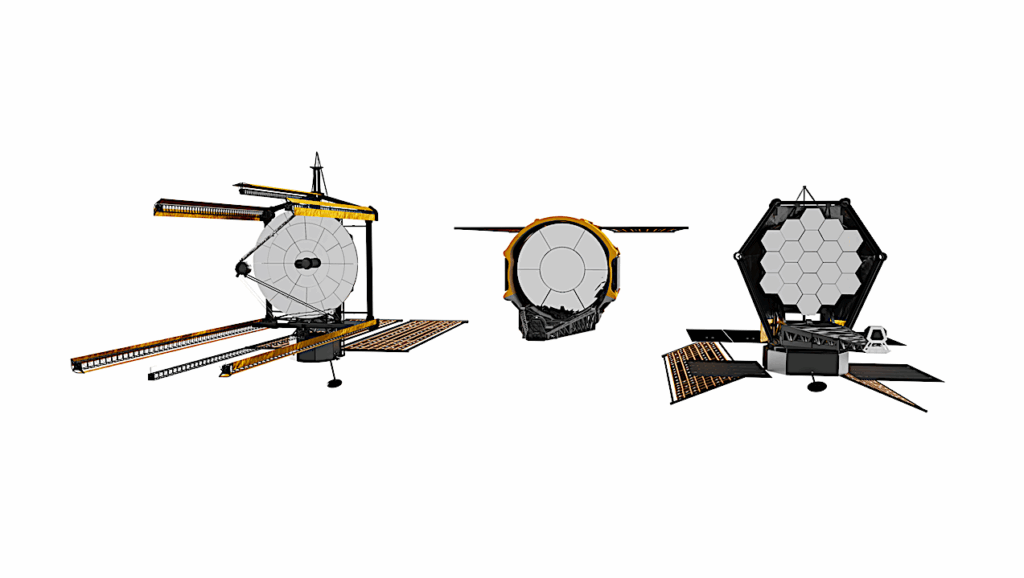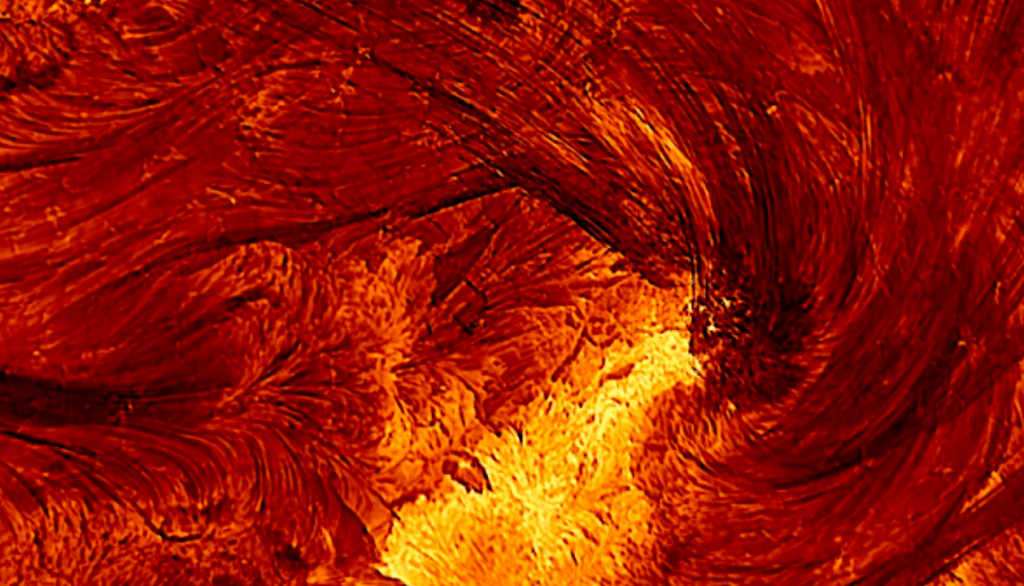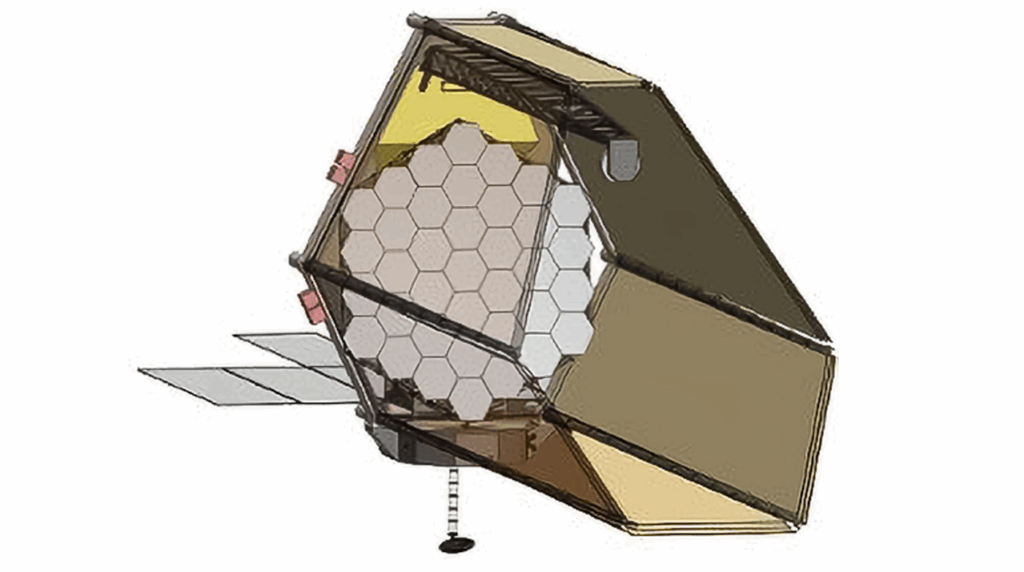Disk Inhomogeneities and the Origins of Planetary Systems

Recent high-resolution observations show that protoplanetary disks have various kinds of structural properties or inhomogeneities. These are the consequence of a mixture of a number of physical and chemical processes taking place in the disks.
Here, we discuss the results of our comprehensive investigations on how disk inhomogeneities affect planetary migration. We demonstrate that disk inhomogeneities give rise to planet traps – specific sites in protoplanetary disks at which rapid type I migration is halted. We show that up to three types of traps (heat transitions, ice lines and dead zones) can exist in a single disk, and that they move differently as the disk accretion rate decreases with time.
We also demonstrate that the position of planet traps strongly depends on stellar masses and disk accretion rates. This indicates that host stars establish preferred (initial) scales of their planetary systems. Finally, we discuss the possible observational signatures of disk inhomogeneities.
Disk Inhomogeneities and the Origins of Planetary System Architectures and Observational Properties
Yasuhiro Hasegawa, Ralph E. Pudritz
(Submitted on 16 Aug 2013)
Comments: 4 pages, 1 figure. Contributed talk to appear in Proceedings of IAU Symposium 299, “Exploring the formation and evolution of planetary systems”
Subjects: Earth and Planetary Astrophysics (astro-ph.EP)
Cite as: arXiv:1308.3547 [astro-ph.EP]
(or arXiv:1308.3547v1 [astro-ph.EP] for this version)
Submission history
From: Yasuhiro Hasegawa [view email]
[v1] Fri, 16 Aug 2013 04:14:59 GMT (153kb)








